Ethnic American Cooking
Ethnic American Cooking
Recipes for Living in a New World
Edited by Lucy M. Long
Rowman & Littlefield
Lanham Boulder New York London
Published by Rowman & Littlefield
A wholly owned subsidiary of The Rowman & Littlefield Publishing Group, Inc.
4501 Forbes Boulevard, Suite 200, Lanham, Maryland 20706
www.rowman.com
Unit A, Whitacre Mews, 26-34 Stannary Street, London SE11 4AB
Copyright 2016 by Rowman & Littlefield
All rights reserved . No part of this book may be reproduced in any form or by any electronic or mechanical means, including information storage and retrieval systems, without written permission from the publisher, except by a reviewer who may quote passages in a review.
British Library Cataloguing in Publication Information Available
Library of Congress Cataloging-in-Publication Data
Names: Long, Lucy M., 1956- author.
Title: Ethnic American cooking : recipes for living in a new world / Lucy M. Long.
Description: Lanham : Rowman & Littlefield Publishing Group, Inc., [2016] | Includes bibliographical references and index.
Identifiers: LCCN 2016006179 (print) | LCCN 2016013468 (ebook) | ISBN 9781442267336 (cloth : alk. paper) | ISBN 9781442267343 (Electronic)
Subjects: LCSH: International cooking. | CookingUnited States. | Ethnicity. | LCGFT: Cookbooks.
Classification: LCC TX725.A1 L646 2016 (print) | LCC TX725.A1 (ebook) | DDC 641.50973dc23
LC record available at http://lccn.loc.gov/2016006179
 The paper used in this publication meets the minimum requirements of American National Standard for Information SciencesPermanence of Paper for Printed Library Materials, ANSI/NISO Z39.48-1992.
The paper used in this publication meets the minimum requirements of American National Standard for Information SciencesPermanence of Paper for Printed Library Materials, ANSI/NISO Z39.48-1992.
Printed in the United States of America

Acknowledgments
A project like this always requires people working behind the scenes, helping with tasks that are largely administrative and tedious. Holly Howard and Tavia Rowan have provided that support, and I could not have done this without them. Others stepped forward in gathering, revising, and testing recipes. First and foremost among these is Karin Vaneker, but I also want to thank Sue Eleuterio, Christine Haar, Charlie McNabb, and Sarah Tekle.

Introduction
Lucy M. Long
This is not an ordinary cookbook. It is meant to be cooked from, but it is much more. The recipes offer a taste of the multitude of ethnicities making up contemporary American culinary culture. They are tidbits of that richness, windows into the complexities and nuances of those cuisines, and mirrors on our own gustatory experiences, tastes, and assumptions. They illustrate how food cultures are fluid and dynamic, adapting to new circumstances and offering new ways for individuals and groups to express their identities, values, histories, and personalities. They also demonstrate that many individuals use food to find or maintain a sense of heritage, create communities around that heritage, and strengthen family relationships as well as the more pragmatic activities of filling ones stomach or making a living and securing financial stability. These recipes show that food nurtures in many waysphysically, socially, emotionallyand that taste can be a personal aesthetic pleasure as well as a reflection of cultural histories.
This is asking a lot from a recipe! Not all of that information is obvious in each one herewe sometimes have to learn how to read foodbut brief introductions suggest ways in which a recipe represents either the culinary culture of an ethnicity or some of the processes seen in adapting foods to a host country. Ultimately, we hope that this cookbook makes us all more aware of the connections that food offers.
Many of the recipes are reprinted from the two-volume Ethnic American Food Today: A Cultural Encyclopedia , published in 2015 by Rowman & Littlefield and also edited by Lucy Long. Additional recipes are given for ethnic groups that did not include one in the encyclopedia, and, in some cases, alternative recipes are given. The Encyclopedia was organized by country of origin, and this cookbook does the same. This means that some ethnicities cross over national boundaries or that names of nations have changed, but ethnic identifiers have remained the same, so it is important to look at geographic regions as a whole. These are stated after the country, along with the name used by the group itself. Brief introductions to the recipes are provided, but readers are encouraged to turn to the Encyclopedia for comprehensive background on the foodways of immigrants to the United States as well as on the place of that food within American food culture.
Contributors of the recipes come from a range of backgrounds, including culinary historians, food studies scholars, professional chefs, cookbook writers, and home cooks. Many draw from their own experiences and family traditions, while others worked with community scholars or ethnographic data. Many recipes have been translated from oral tradition in an attempt to put on paper aspects of cooking done by taste and feel. Also, the recipes have been tested for use in American kitchens with ingredients available in American supermarkets. Some original ingredients are simply not found in the United States, and substitutions are suggested when possible, although, in some cases, it is actually easier to acquire certain ingredients here than in their home countries. Also, some ethnic groups that have been in the United States for extended periods have held on to recipes that are no longer in use in the country of origin or have added ingredients that are unheard of in that country.
Some definitions are helpful here. Ethnicity refers to groupings that were culturally distinguishable from a larger social system of which they formed some part. An important point here is that ethnicity exists within another culture, which in turn partly defines it and shapes the ways in which individuals within that group act out that identity. It is also a perception and emotional sense of belonging to that group. Individuals might have a particular ancestry but not recognize it as part of their personal history or identityor, ideally, can recognize it and use it as a cultural and aesthetic resource according to different situations. Food is one way in which individuals and groups acknowledge, perform, and negotiate their ethnicity. It is used to define that ethnicity as well as to shape relationships to it.
In this sense, ethnic food plays a significant role in how people live in todays multicultural world. It can help individuals find a place in the present while also maintaining a sense of connection to their past and forging new futures. It can also, though, be turned against them, to pigeonhole them and keep them as outsiders, or to emphasize difference as something negative. Understanding the complexity of ethnic food can help us understand the subtle and not-so-subtle ways in which such divisions are created. While appreciating someone elses food does not automatically lead to appreciation for their culture, it can be a step in that direction. Ethnic American Cooking offers these recipes partly with that goal in mind. It also offers them for the aesthetic and sensory pleasures these dishes can give, pleasures that speak to our common humanity. Through preparing and tasting them, we can better see the similarities between cuisinesand individualsas well as their uniqueness.
Next page
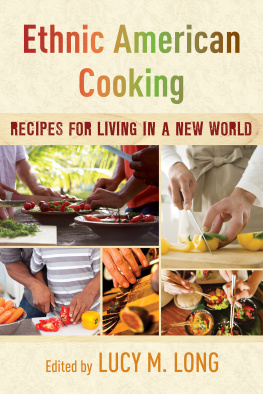






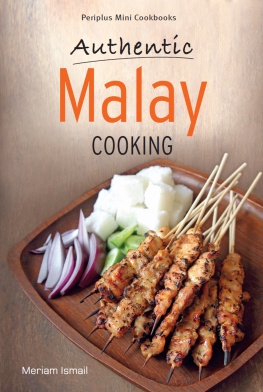

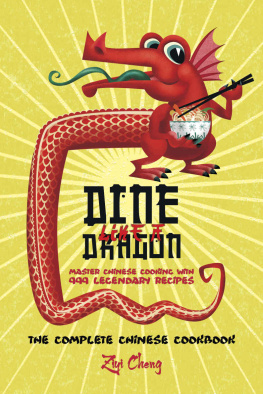

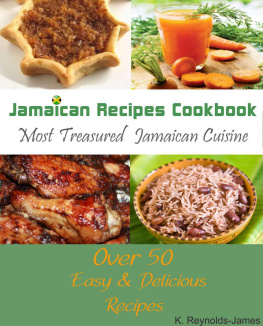
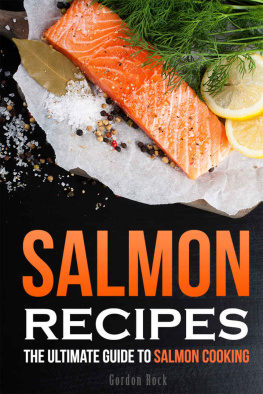

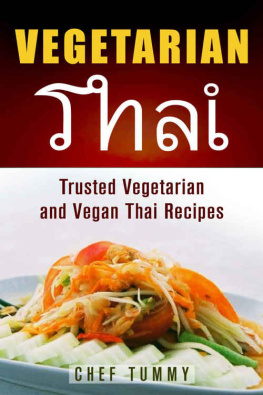
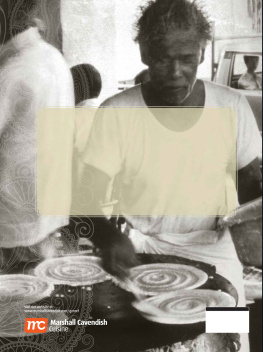
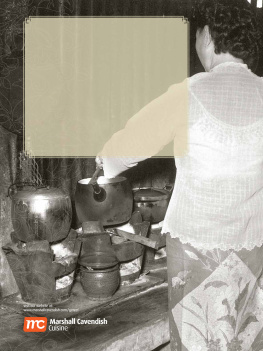

 The paper used in this publication meets the minimum requirements of American National Standard for Information SciencesPermanence of Paper for Printed Library Materials, ANSI/NISO Z39.48-1992.
The paper used in this publication meets the minimum requirements of American National Standard for Information SciencesPermanence of Paper for Printed Library Materials, ANSI/NISO Z39.48-1992.